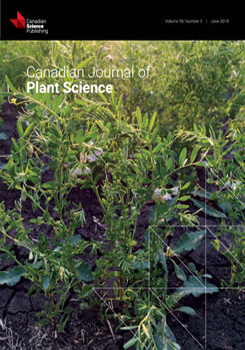Tillage and new herbicide options may be necessary for the control of herbicide-resistant wild oat. The efficacy of soil-applied herbicides such as pyroxasulfone can be influenced by edaphic factors and weed seed recruitment depth, which varies with tillage system. We investigated the effect of tillage and pyroxasulfone rate when applied in the fall and spring on wild oat biomass at three locations in Alberta in 2014–2015. The vertical position of wild oat seeds, with and without tillage, was examined at each site. Wild oat biomass was greater in untilled plots compared with plots with fall tillage at all locations. In two out of three locations, pyroxasulfone efficacy was superior when applied in the fall compared with spring, possibly influenced by low spring rainfall. A single tillage pass at the Edmonton and Kinsella locations did not affect wild oat seed distribution, but there was an increase in seeds present in the surface layer in the untilled treatment at Lacombe. Tillage, used in combination with soil-applied herbicides, may be an option to achieve acceptable control of herbicide-resistant wild oat.
How to translate text using browser tools
17 November 2017
Influence of tillage, vertical seed distribution, and pyroxasulfone application timing and rate on control of wild oat (Avena fatua L.)
Amy R. Mangin,
Linda M. Hall,
Jeff J. Schoenau,
Hugh J. Beckie
ACCESS THE FULL ARTICLE
It is not available for individual sale.
This article is only available to subscribers.
It is not available for individual sale.
It is not available for individual sale.

Canadian Journal of Plant Science
Vol. 98 • No. 3
June 2018
Vol. 98 • No. 3
June 2018
application d’herbicide au sol
banque de semences
Herbicide resistance
résistance aux herbicides
seed bank
soil-applied herbicide
tillage




